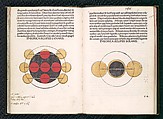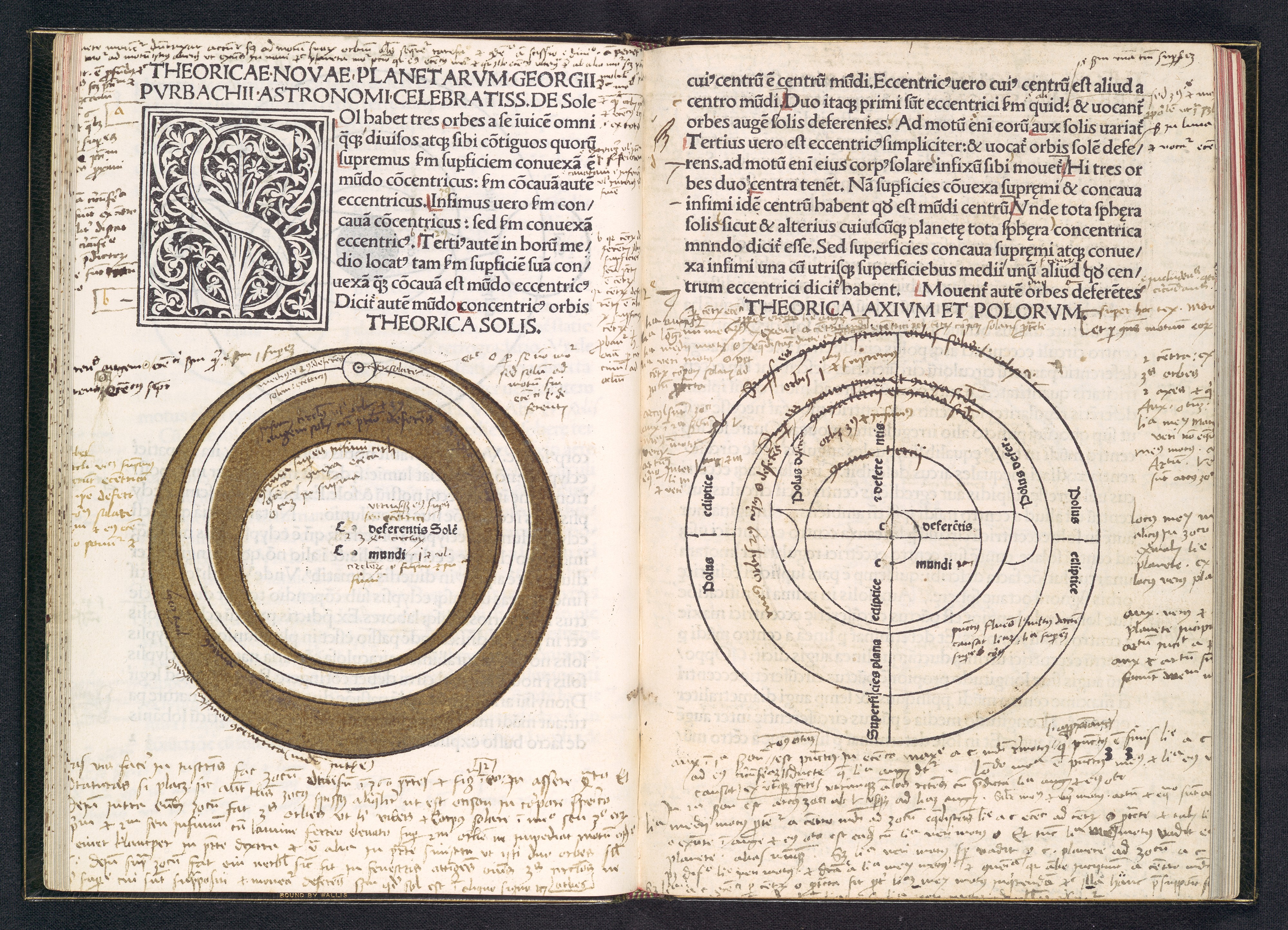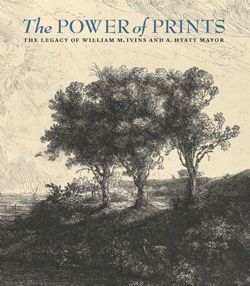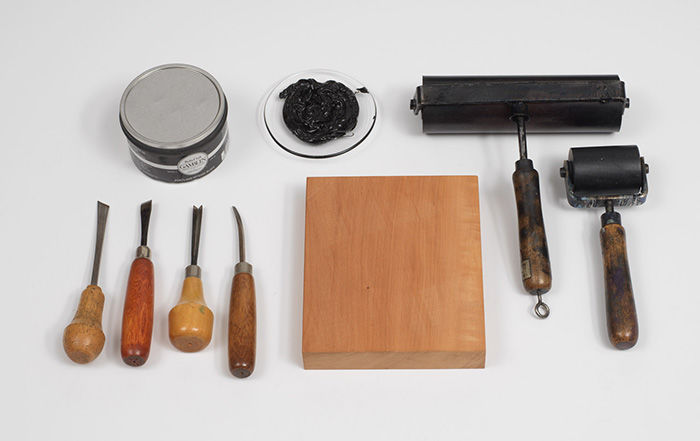Sphaera Mundi
Not on view
The publisher and printer Erhard Ratdolt left his native Augsburg in 1475 and by the following year was at work in Venice, where his publications were among the most inventive . In his Kalendarium of 1476, with its striking woodcut border, Ratdolt introduced the first decorative title page in a printed book. At a time when most publishers left blank spaces for initial letters to be added by hand, he introduced a series of ornament woodcut initials, examples of which can be seen on the pages shown here.
Ratdolt had a particular interest in astronomy and mathematical science, using printed images to further elucidate these subjects. The Kalendarium, based on the studies of the astronomer Johannes Müller of Königsberg (known as Regiomontanus), included ten pages of eclipses, with the illuminated portion handcolored in yellow. His Euclid of 1482 included geometrical diagrams ingeniously set into the margins of the text. The astronomical treatise shown here was the first book to include an illustration printed in three colors of ink. The first part of this publication deals with the treatise on the sphere by the thirteenth-century British astronomer John Holybush (Sacrobosco in Italian).
This image cannot be enlarged, viewed at full screen, or downloaded.
This artwork is meant to be viewed from right to left. Scroll left to view more.







